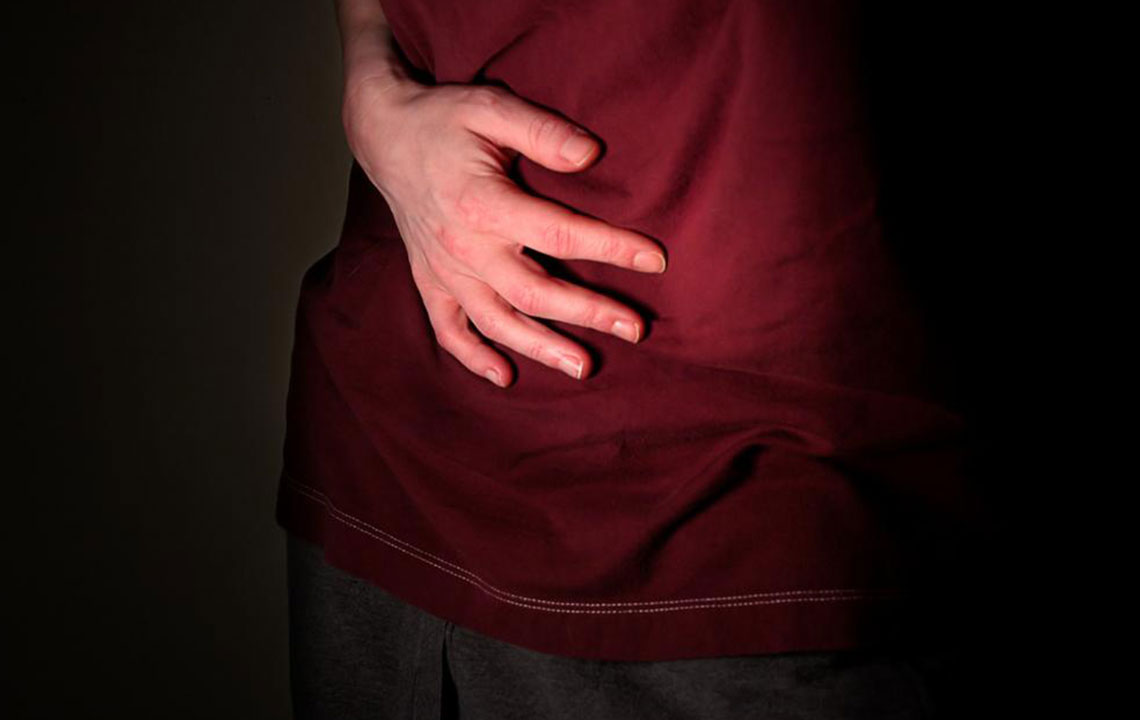5 Treatment Options for An Overactive Bladder
An overreactive bladder is characterized by an overwhelming urge to urinate, which is quite difficult to control. An overactive bladder may lead to involuntary loss of urine, even when the person sneezes or coughs. The incontinence urge is caused by urinary muscle spasms. Genetic weakness, obesity, severe health conditions, infections, and multiple pregnancies can increase the risk of having an overactive bladder.
Treatments for overactive bladder comprise several different methods.

Here are some treatments for overactive bladder that one can help alleviate symptoms:
Behavioral therapy
Also known as behavioral modification, this treatment for overactive bladder aims to alter an individual’s action or environment to improve bladder control. Bladder training involves educating the patient about effects of overactive bladder, and scheduling voiding regimen. The goal of this therapy is to normalize urinary frequency by increasing the bladder capacity.
Pelvic floor muscle therapy
It involves exercises that are designed to enhance the function of pelvic floor muscles. Regular daily exercising of pelvic muscles increases urinary control and prevents its inconsistency. Strengthening urinary muscles improves the function of urethral sphincter which helps in better urine control.
Biofeedback-assisted therapy
It is a method of positive reinforcement. Biofeedback therapy teaches patients how to control normal physiologic responses of the bladder and pelvic floor muscle by placing electrodes on the patient’s abdominal and anal area. It thus helps patients to gain control over pelvic muscles. About 75% percent of the people who use biofeedback-assisted therapy also perform Kegel exercises to get further relief from overactive bladder.
Dietary measures
Dietary treatments for overactive bladder advise elimination of caffeine and consumption of adequate fiber to control the urge incontinence. Avoiding certain foods and beverages like alcohol, spicy foods, nuts, chocolates, foods rich in potassium and carbonated and caffeinated beverages, will help to deal with the symptoms of overactive bladder. Adequate fluid intake is equally essential as persons with overactive bladder tend to restrict fluid to avoid less bladder voiding.
Surgical measures
Surgical treatments for an overactive bladder is given only to those people who experience severe symptoms. The goal of these surgical procedures is to store urine and reduce the pressure in the bladder. A couple of surgical procedures are mentioned below.
- Surgery to increase bladder capacity
This procedure is implemented only in cases of severe urge incontinence, and if the patient does not respond to any other treatments. This surgery replaces a portion of the bladder. Post this surgery, a catheter may be used intermittently to help patients empty their bladder. - Bladder removal
This is used as a last resort and involves removing bladder surgically. It places a replacement bladder (neobladder) or an opening in the body (stoma) which will be attached to a bag on the skin which will collect the urine.
There are plenty of home treatments for overactive bladder, you can include some foods which will improve the bladder health.
- Fruits such as bananas, apples, grapes, coconut, watermelon, strawberries, and blackberries. Vegetables such as asparagus, broccoli, cucumbers, kale, carrots, carrots, celery, lettuce, and peppers have high fiber content that will help in preventing constipation, which indirectly reduces the pressure on the bladder.
- Corn silk also referred as Zea mays help in strengthening and storing mucous membranes in the urinary tract. This helps in preventing incontinence urge.
- Pumpkin seeds are packed with Omega-3 fatty acids, which have anti-inflammatory properties. It also helps in improving abnormal urinary function, thus reducing the symptoms of overactive bladder.
- Some bladder-friendly drinks include plain water, soy milk, cranberry juice, apple or pear juice (fruit juices that are less acidic) barley water, and diluted squash.
- Smoking can irritate the bladder muscles. Coughing can make the symptoms worse, so it often contributes to incontinence.
- Although, this measure is not a treatment for overactive bladder, however, using disposable absorbent pads can be used to keep the overactive bladder patients dry.
To conclude, treatments for overactive bladder will be different for different individuals. This is because no two persons will have similar symptoms of overactive bladder. For instance, behavioral therapy relies on the active participation of the involved patient. It also might not produce any permanent changes in the bladder function, hence, regular adherence and long-term compliance is needed. Failure of treatments for overactive bladder are sometimes due to concurrent use of necessary medications. These cause incontinence urge, usually in patients suffering from dementia, or other physical impairments.















